video
Categories
Language
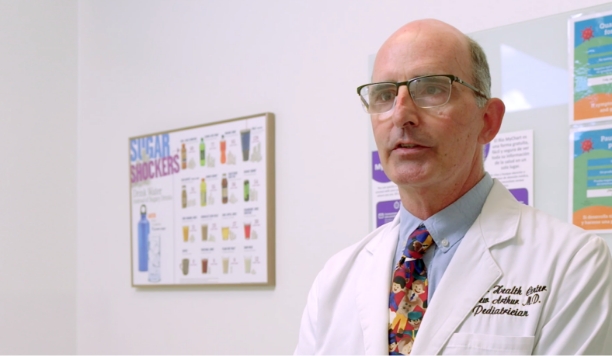
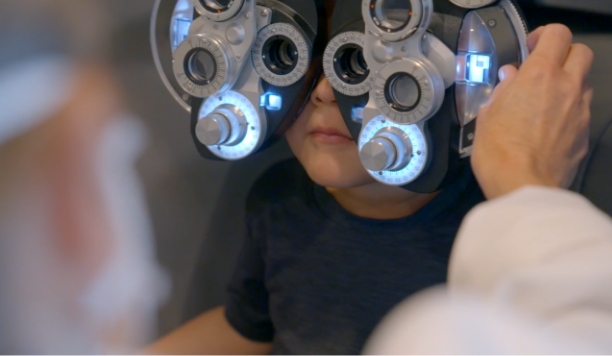
video
Ask a Doctor
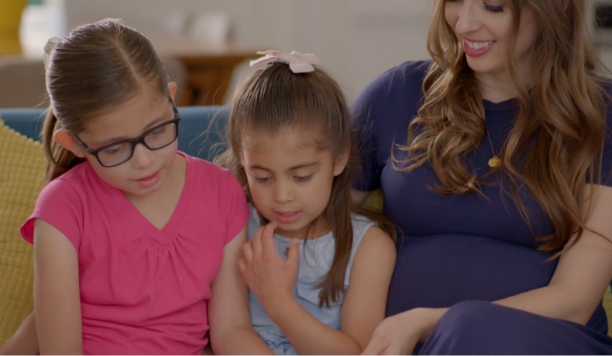
video
Healthy Vision and Early Literacy

video
Identifying Signs of Early Vision Problems
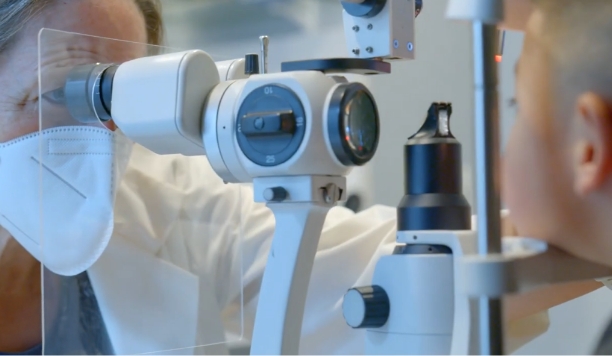
video
Clarifying Vision Insurance

guide
Dyslexia Resource Guide for Families
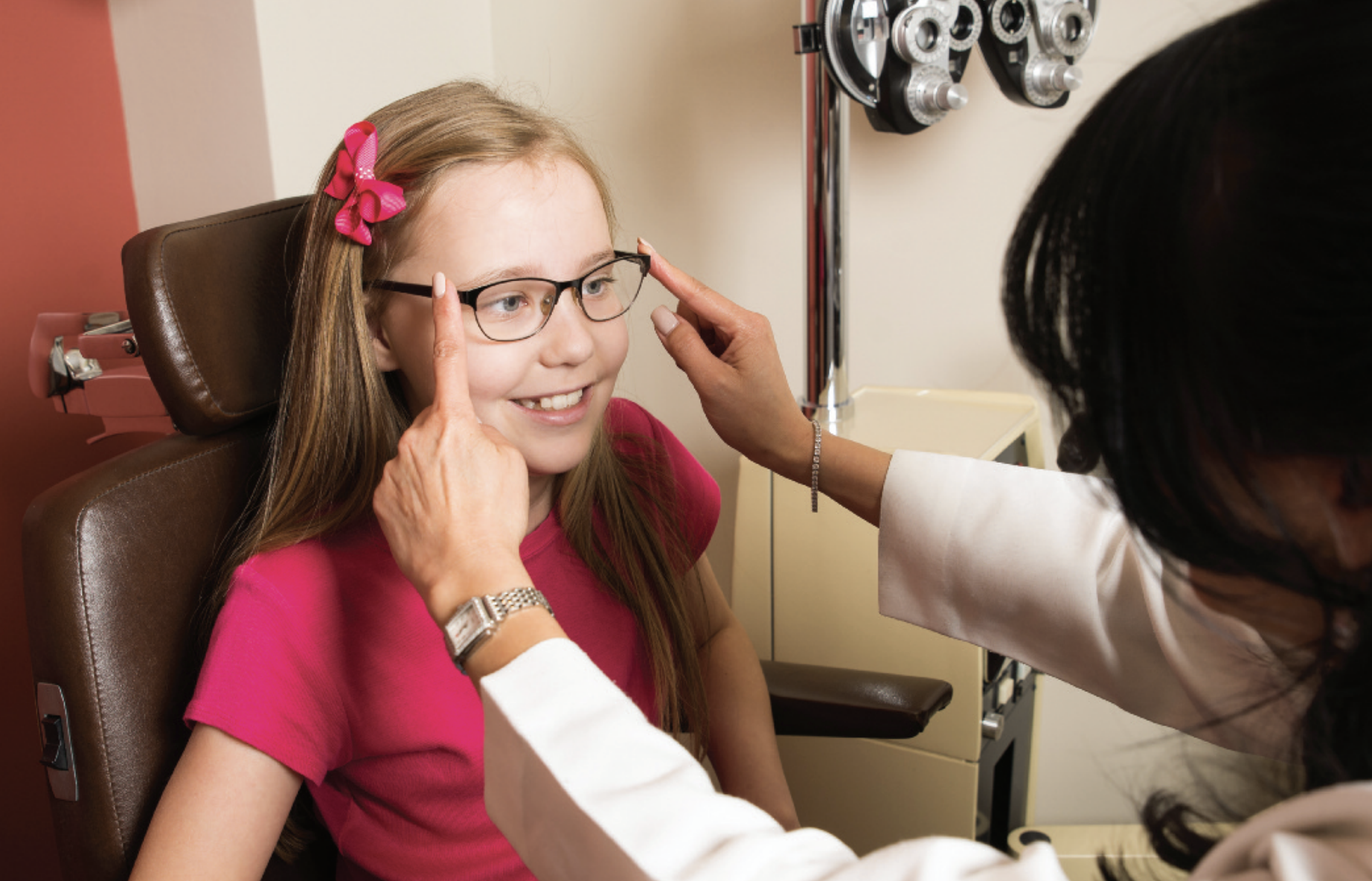
brochure
Eyes On Learning Brochure
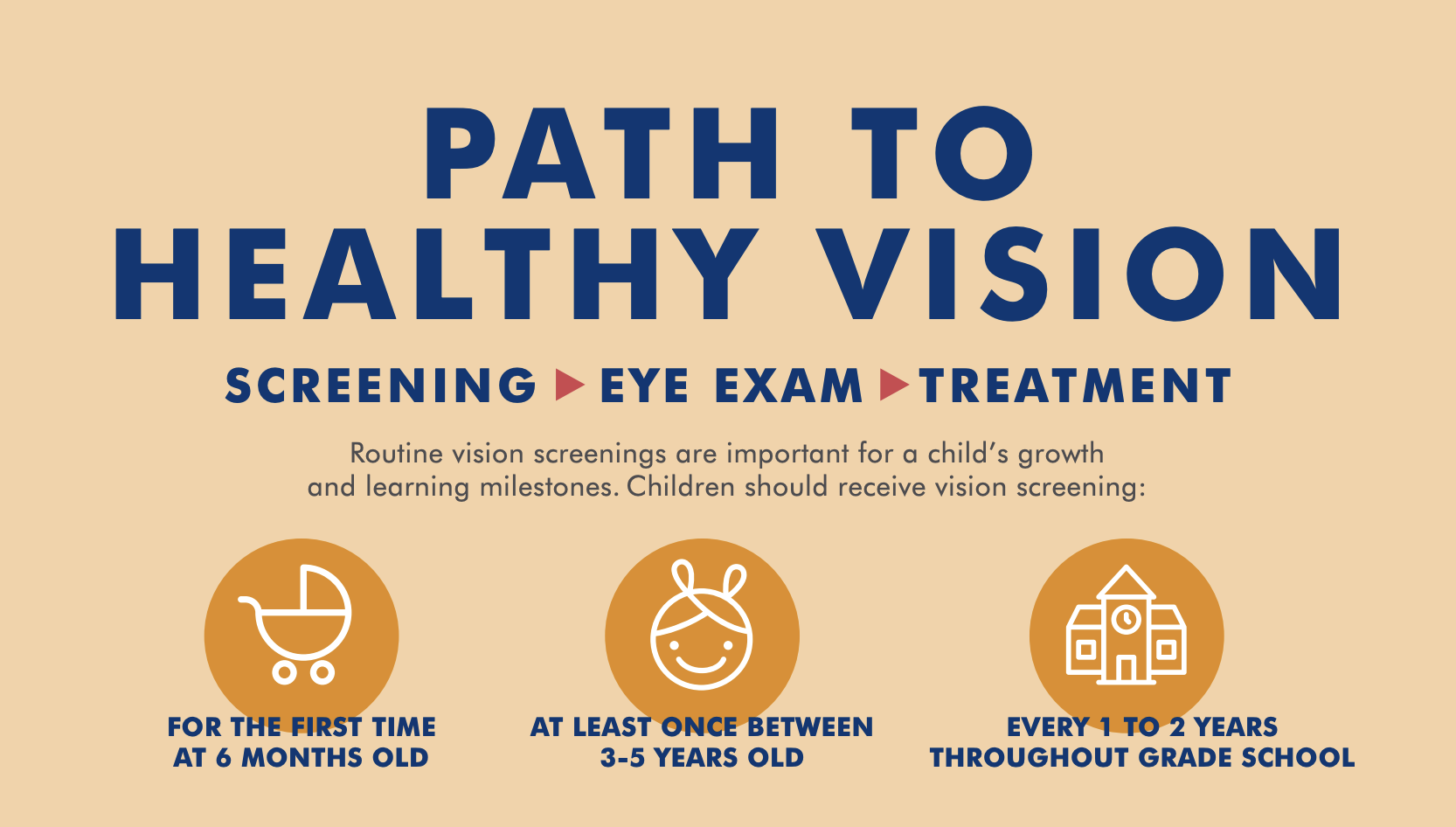
flyer
Eyes On Learning Path to Healthy Vision
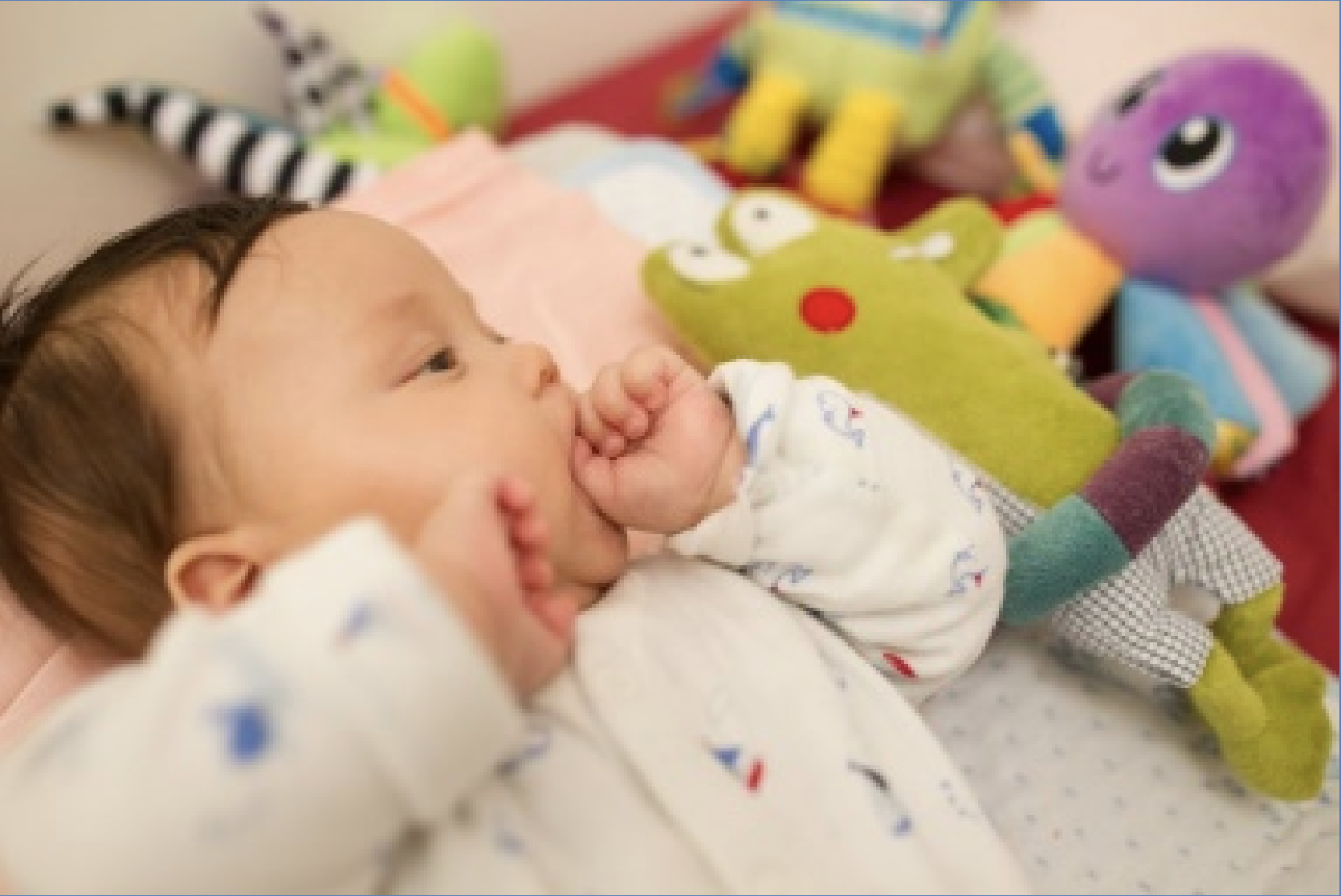
flyer
18 Vision Development Milestones from Birth to Baby’s First Birthday
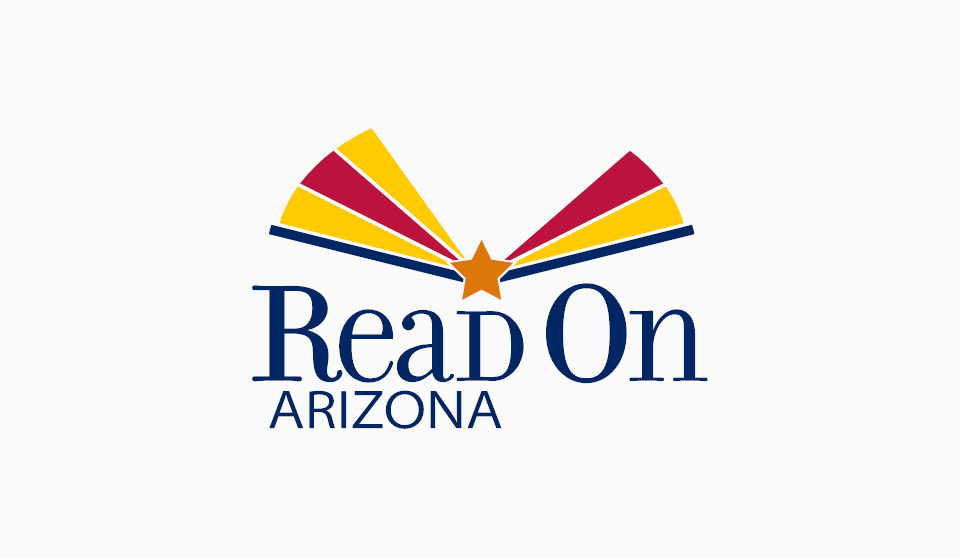
guide
Read On Arizona Early Literacy Guide
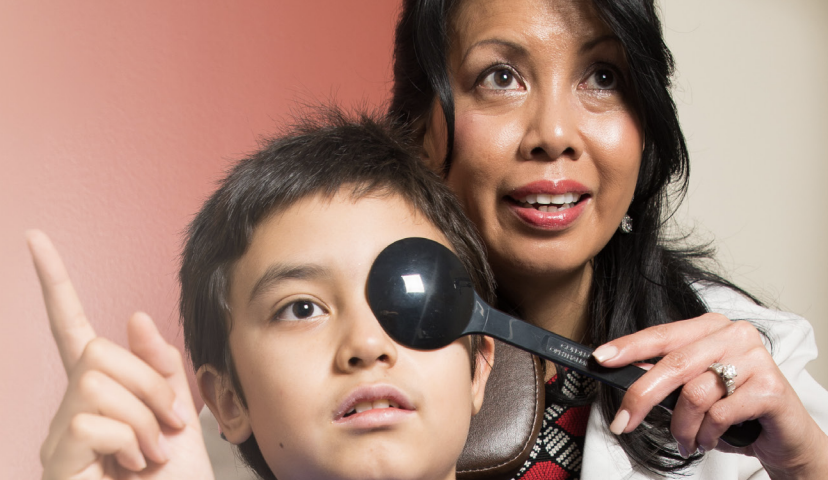
flyer
Insurance for Children’s Vision Services
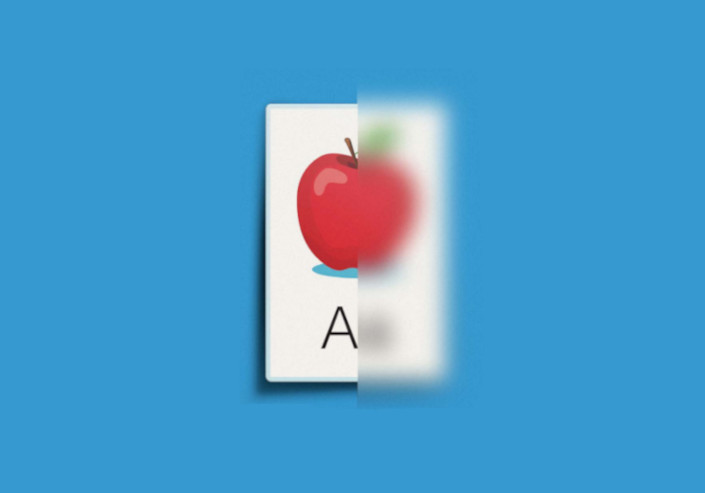
flyer
Children Don’t Know What They Can’t See
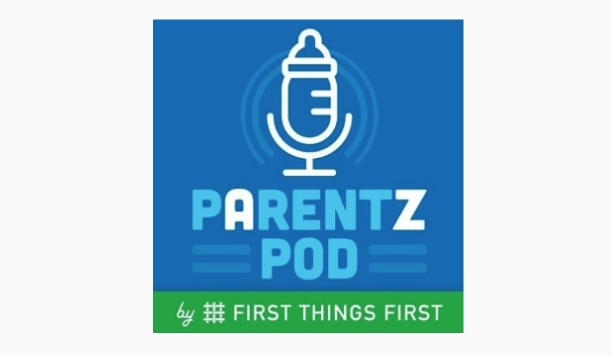
podcast
First Things First Podcast – Eyes On Learning
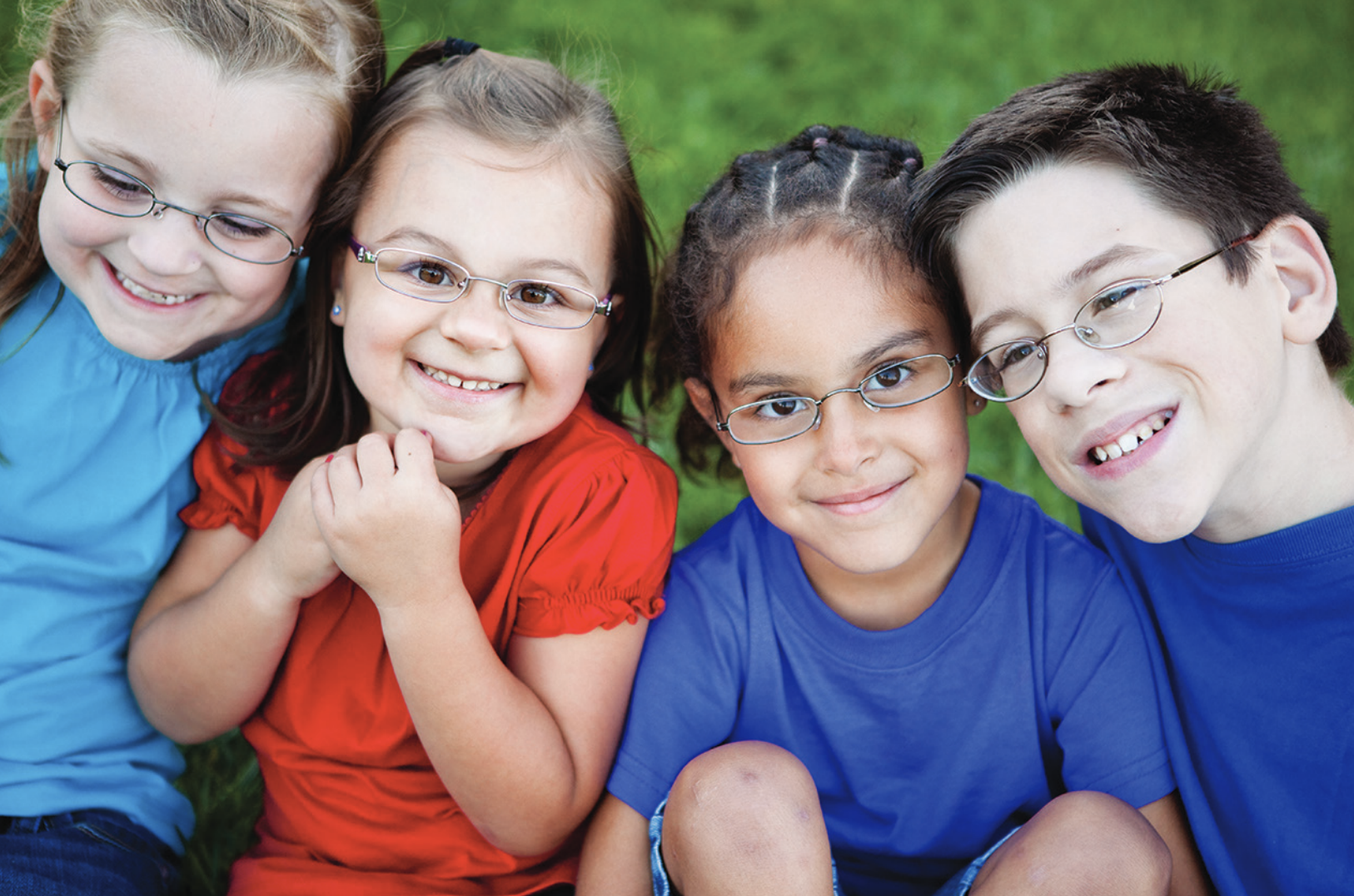
report
Report: Children’s Vision and Eye Health: A Snapshot of Current National Issues
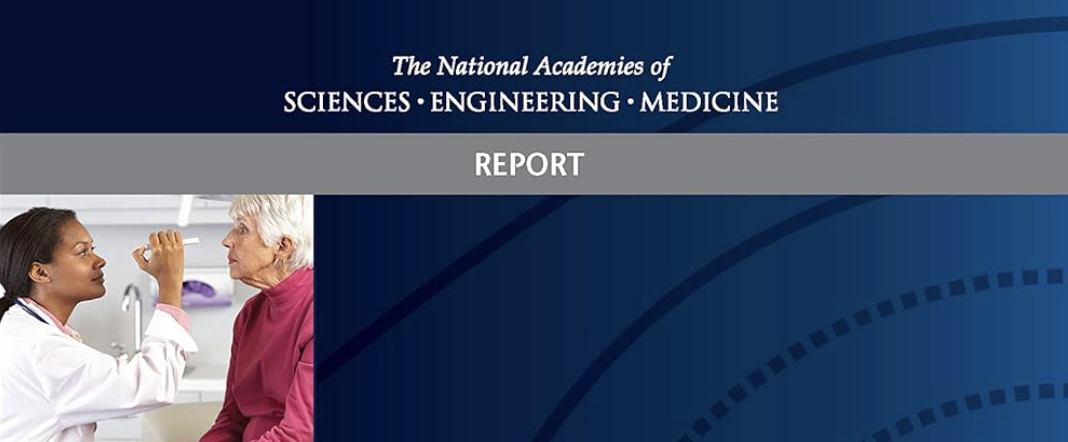
report
Making Eye Health a Population Health Imperative: A Vision for Tomorrow
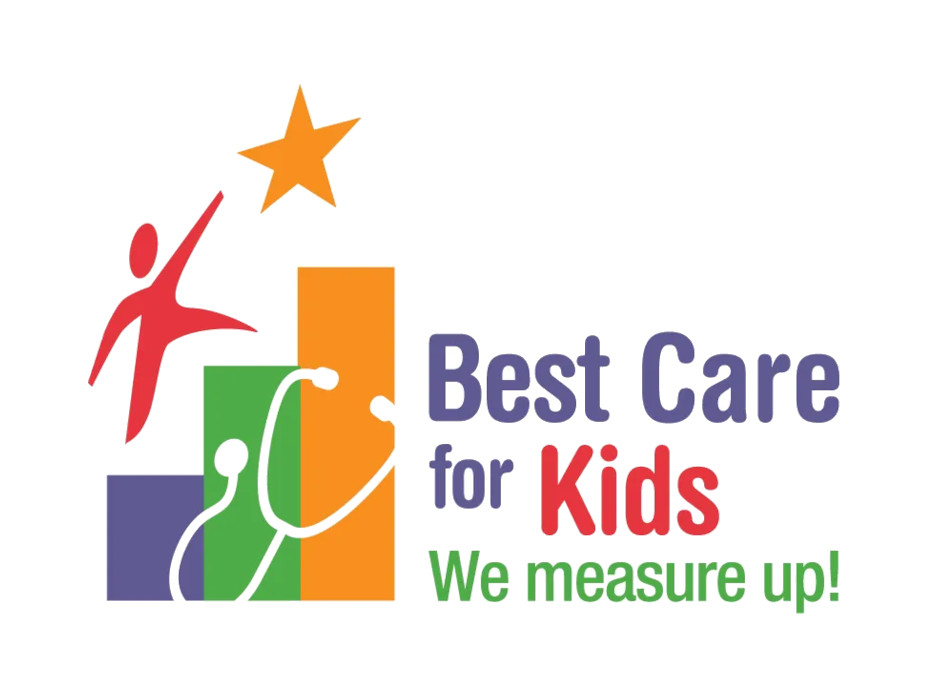
guide
Implementing Photo-Screening for Vision: Start-Up Checklist
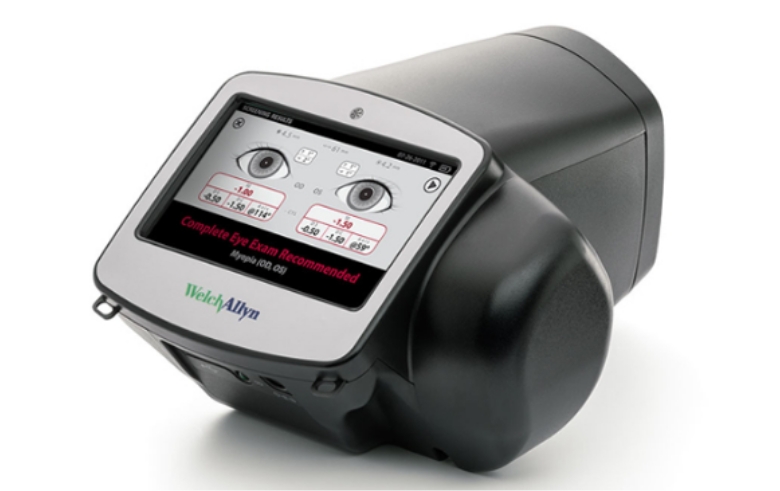
guide
A Practical Guide for Primary Care Physicians: Instrument Based Vision Screening in Children
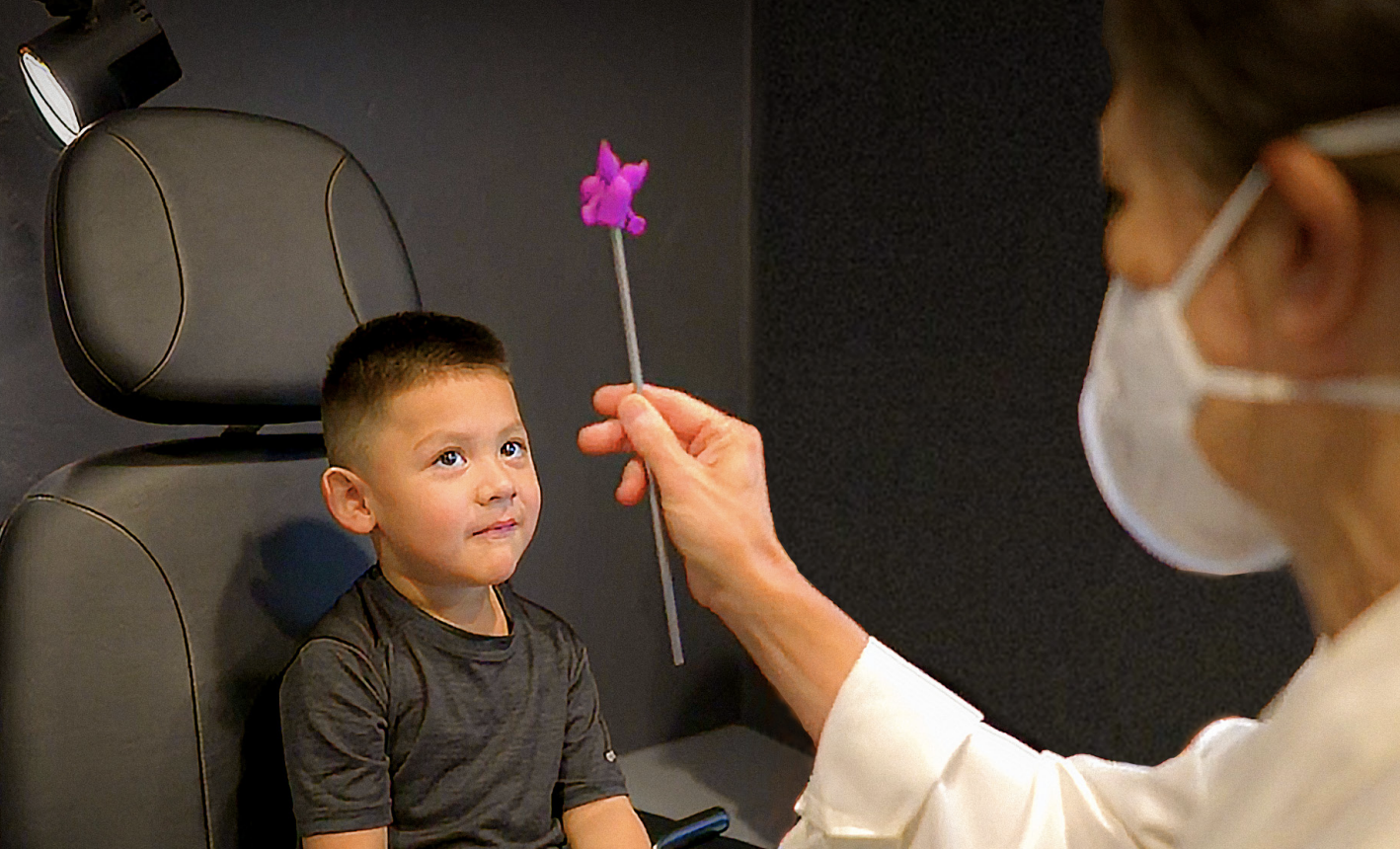
report